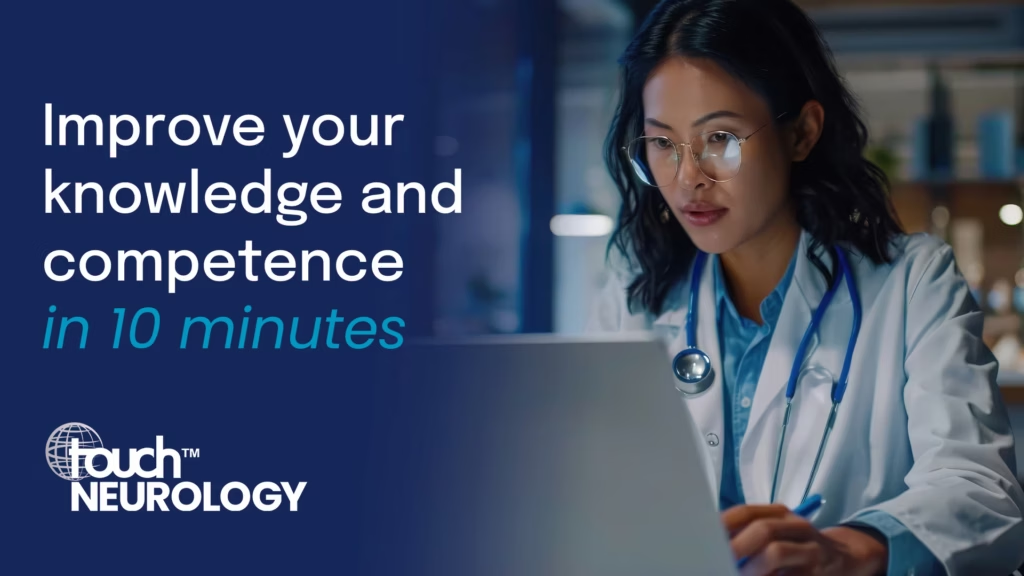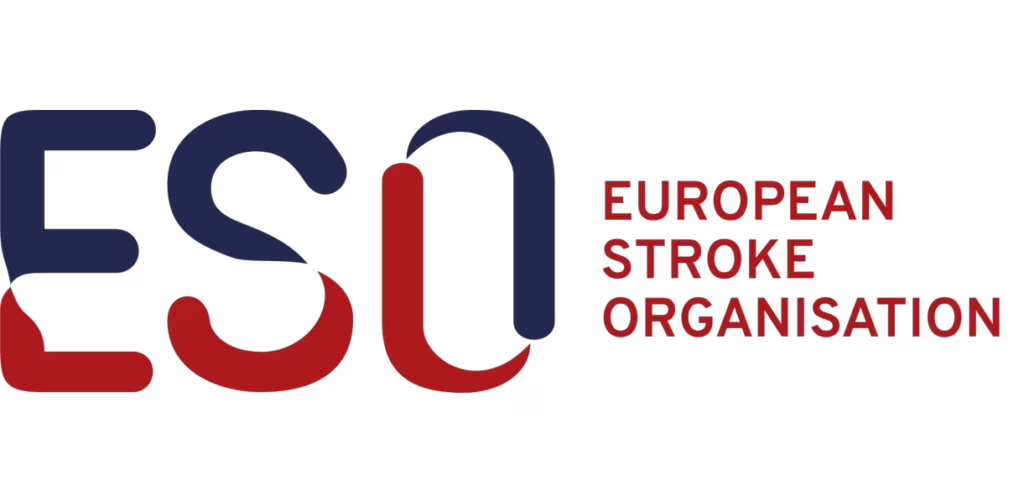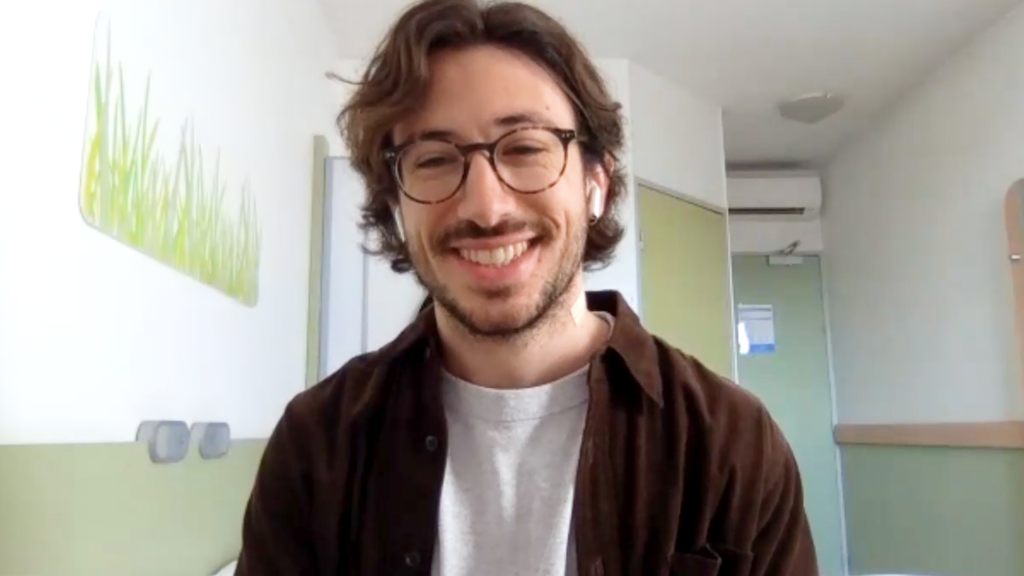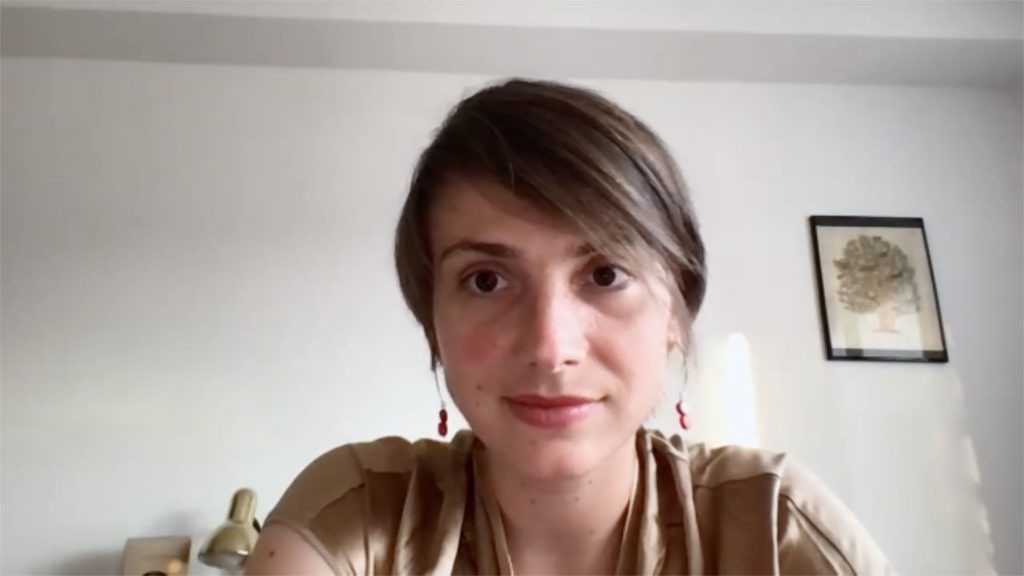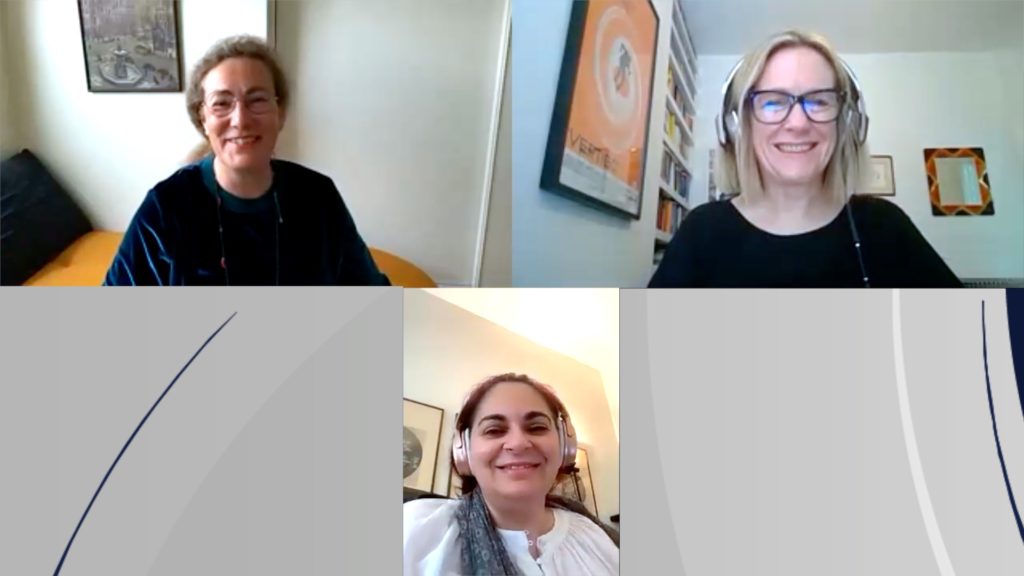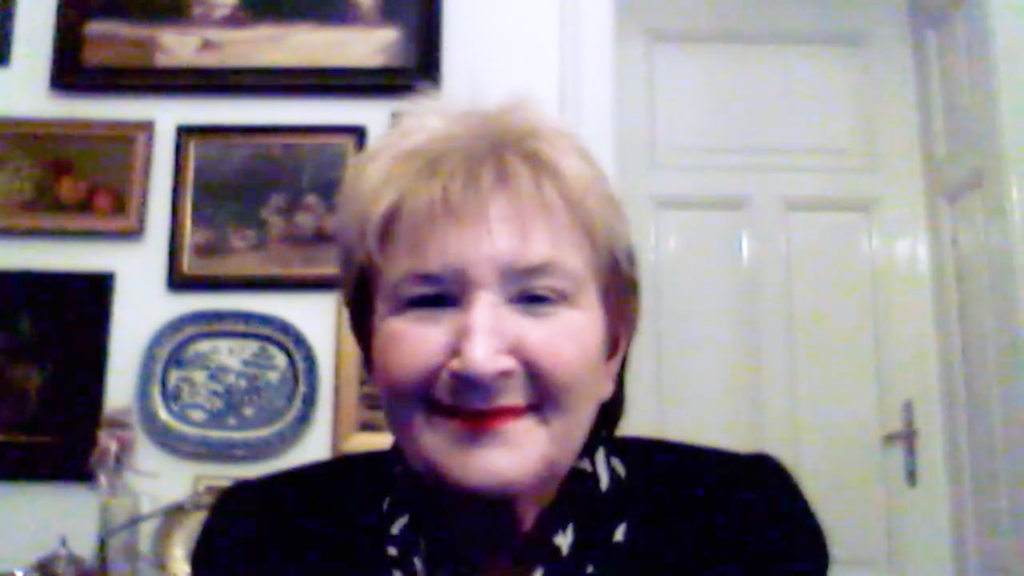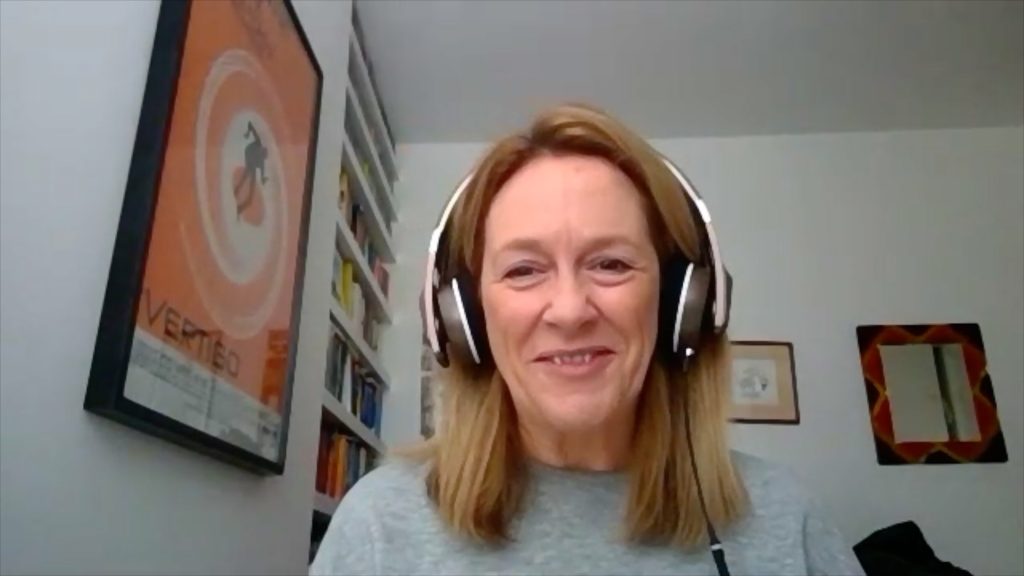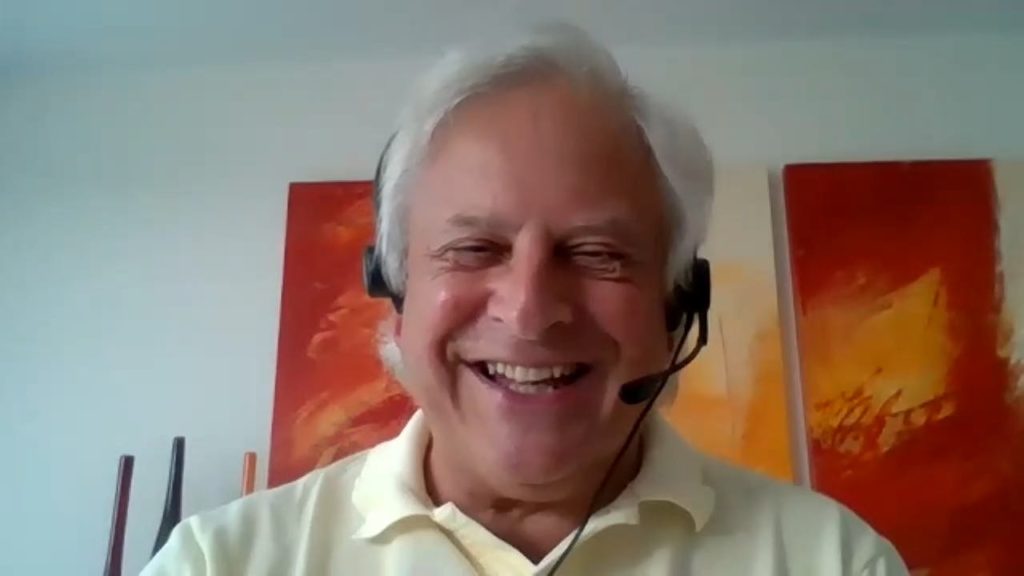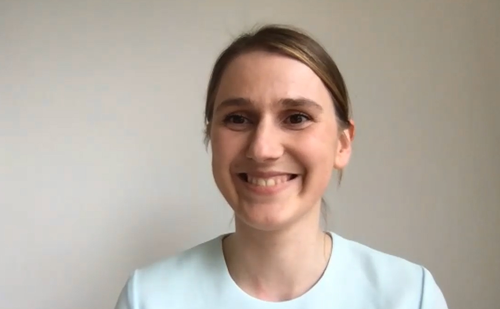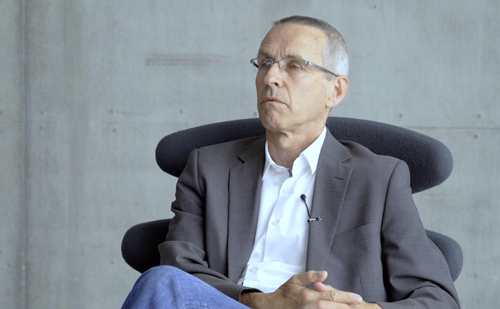
Prof. Simona Sacco is a leading neurologist based at the University of L’Aquila, Italy, and currently serves as the President of the European Stroke Organisation (ESO). In this expert interview, conducted at the 2025 European Academy of Neurology (EAN) Congress, Prof. Sacco outlines the European Stroke Organisation’s (ESO) strategic priorities to reduce disparities in stroke care across Europe. She discusses the transformative impact of the ESO East programme and the Stroke Action Plan for Europe (SAP-E), and also reflects on the increasing role of artificial intelligence (AI) in stroke diagnostics and treatment pathways.
1. What are the European Stroke Organisation’s top priorities in addressing disparities in stroke care across Europe, particularly in underserved or low-resource settings?
This is a critical question. The ESO has made substantial progress in tackling disparities in stroke care, particularly between Eastern and Western Europe. In past years, many Eastern European countries had limited access to high-quality stroke care. To address this, ESO established the ESO East programme, a comprehensive initiative that focuses on training, knowledge-sharing, empowerment, and system implementation.1 Thanks to this work, stroke care in several Eastern European nations has improved significantly—sometimes surpassing the standards of Western countries.
Nevertheless, challenges remain. ESO is now focusing on even more underserved areas, including countries in the far East of Europe, formerly part of the Soviet Union, and parts of Southern Europe. The new phase of ESO East continues with expanded goals, aiming to elevate care quality and access further.
In addition, ESO is actively implementing the Stroke Action Plan for Europe (SAP-E), a roadmap that covers the entire stroke care continuum: from primary prevention, prehospital care, in hospital care, secondary prevention, rehabilitation, and life after the stroke.2 SAP-E sets clear key performance indicators (KPIs) and encourages national governments to sign declarations of action, committing to fully structured and implemented, monitored, and funded national stroke strategies.
One key tool within SAP-E is the Stroke Service Tracker, which allows ESO to monitor KPI progress across different nations.3 Encouragingly, the programme has already led to measurable improvements in several KPI indicators.
2. How does the ESO envision integrating emerging technologies such as AI-driven imaging or plasma biomarkers into acute stroke care across Europe in the next five years?
This is both a timely and complex topic. AI is advancing rapidly, not only in medicine but across all sectors and it’s something we must embrace, not resist. In the stroke field, we’re already quite advanced in this area. We’ve already seen AI integrated into neuroimaging, and we’re also using AI in clinical decision aids. Of course, this is just the beginning, it will become increasingly central in the future.
The value AI can bring is significant. In stroke care, we don’t have a single marker for diagnosis, prognosis, or treatment decisions. Instead, we must piece together many types of information, something that’s often too complex for a human alone to handle. This is where AI comes in. It can process and synthesise vast amounts of data, helping us to diagnose more accurately, choose the best treatment, manage follow-up and so on. As physicians, we shouldn’t resist this. We need to embrace it, just as people did during the industrial revolution.
This is a comparable shift, it’s changing how we work, how we think, and how we deliver care. Understandably, some people are worried. They fear that artificial intelligence will replace human roles. But the same concerns existed during the industrial revolution, when machines started doing work that had only ever been done by humans. Still, people found new roles then, and we will do the same now. There will always be a place for the human touch in medicine.
References:
- European Stroke Organisation. ESO East. Available at: https://eso-stroke.org/projects/eso-east/ (accessed 23 June 2025).
- European Stroke Organisation. Stroke Action Plan for Europe. Available at: https://eso-stroke.org/projects/stroke-action-plan/ (accessed 23 June 2025).
- European Stroke Organisation. Stroke Service Tracker. Available at: https://actionplan.eso-stroke.org/stroke-service-tracker-2 (accessed 23 June 2025).
Interviewer: Caroline Markham, Head of Partnerships.
Editor: Katey Gabrysch, Editorial Director.
Disclosures: Simona Sacco has nothing to disclose in relation to this interview. No funding was received in the publication of this article.
This content has been developed independently by Touch Medical Media for touchNEUROLOGY. Views expressed are the speaker’s own and do not necessarily reflect the views of Touch Medical Media.
Cite: Closing the stroke care gap: ESO’s strategic vision and AI integration plans. touchNEUROLOGY. 23 June 2025.
Register now to receive the touchNEUROLOGY newsletter!
Don’t miss out on hearing about our latest peer reviewed articles, expert opinions, conference news, podcasts and more.